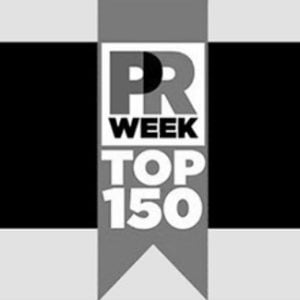
There’s big news afoot in the music world, and one that’s relevant to the job of selling a product whether you work in music PR, marketing and advertising or not. But first let’s start with the basics.
For anyone not glued to the relentless world of online news everyone from CMU Daily and Music Week to The Guardian has been reporting on the forthcoming chart scheduled to be broadcast on 6th July. The reason? This is the first time data from streamed plays of digital music will influence the position of songs vying for the number one spot in the Official UK Chart (previously streams were ranked in a separate countdown).
Platforms such as Spotify have so far proved rather divisive. On the one hand, nobody buys music anymore and therefore the idea of subscribed ownership makes sense given the direction things are headed (see also: into the cloud). And, although nominal, the fact that legal streaming services do offer some renumeration to the artists they feature is better than nothing. Like we said, nobody buys music anymore.
There are a few problems, though. By offering people the chance to access a back catalogue of songs they would have had to buy pre-digital the perceived value of music is automatically reduced. It becomes something that doesn’t need to be cared for because the collection won’t break until you cancel payments. Add to this the overwhelming domination of major and larger labels on streaming platforms and it’s safe to say that the idea of the Internet levelling the pop and rock playing field is now beginning to look less believable.
Nevertheless, you can’t stop change and for the time being we live in a world that loves to stream music, but it’s only with the imminent changes to the way the charts are formed that the insight that have been available for some time could start to have an impact on the way artists, management, A&Rs, PRs and marketing folk think in terms of forthcoming releases. Put simply, if the number of times a song is now played is set to directly influence the track’s chart position, then in the most cynical and arguably least creative way this could in turn be used to direct the types of songs that are written next (obviously taking into account other factors too).
In many ways this is really the same as using any other marketing insights to tweak and alter the potential for future PR success. With low music sales albums, EPs and singles are fast becoming tantamount to marketing campaigns in themselves, designed to advertise and sell tickets to the only real money-making side left in the business- live gigs. Which isn’t to say there are many acts out there making a full time living from this game anymore. Or at least not when compared to the number of names trying to get some attention. Interesting times ahead, then.
Our Awards
Why stop at global stardom and incredible sales? When our clients work with us, they get the silverware to boot. We’re not into tooting our own horns, but the awards we’ve won with our clients are too good to miss…









